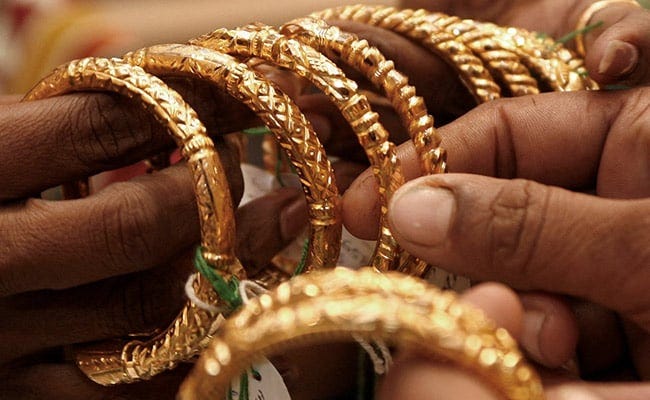Gold Inheritance: the Quiet Feminism of South Asian Women
Words by Rosa Kumar
Welcome to the Brown History Newsletter. If you’re enjoying this labour of love, please do consider becoming a paid subscriber. Your contribution would help pay the writers and illustrators and support this weekly publication. If you like to submit a writing piece, please send me a pitch by email at brownhistory1947@gmail.com. Check out our Shop and our Podcast. You can also follow us on Instagram and Twitter.
Gold Inheritance: the Quiet Feminism of South Asian Women by Rosa Kumar
Indian housewives allegedly own 11% of the world’s gold.
I use the word allegedly because I can no longer find the original source/study for this statistic, although it has been quoted recently in India Times. Even if India has only 754 tons in reserves, Indian households hold a combined estimate of 25,000 tonnes of gold, so it is plausible that Indian housewives, or Indian women in general, own a very large portion of it. They won’t own it in gold bricks, but in jewelry and coins.
Chokers, earrings, tikkas, anklets, bangles, waist chains, nose rings…if there is a place on your body to adorn with gold, Indian jewellers and artisans have thought of it. There is evidence that India’s infatuation with gold goes back to the Indus Valley civilization, and modern excavations at Harappa and Mohenjo-daro (Bronze Age archaeological sites) have dug up gold ornaments like beads and buttons.
How has this gold landed so heavily in the hands of Indian women? Practically, dowries could be part of this reason. The origins of the dowry in India are heavily debated. It’s possible that originally dowries were sent with the bride to ensure her comfort, and for her parents to make sure she was well taken care of even when their daughter was no longer under their roof. When the British colonized India they prohibited women from owning property, so what was once rightfully hers reverted to her husband and in-laws. You can imagine how easy it is to exploit this practice and take advantage of vulnerable women, and there is even statistical data showing that as the price of gold increased, the number of infant girls who survived past one month decreased, over the hanging burden of being unable to afford a good dowry for her. Dowry Deaths - collecting a new bride’s dowry, then lopping her off and remarrying again - are so prevalent that the Indian National Crime Records Bureau determined that a woman was killed every hour in 2012 for her dowry.
Although the Dowry Prohibition Act in 1961 made progress in stopping the practice, it’s very difficult to regulate and dowries are often part of the marriage process. Dowries are still a deep social issue; a recent clip that went viral from the Amazon Prime series, Made in Heaven episode 4, The Price of Love, showcases a young woman rejecting her fiancé at the mandap when she discovers how much his parents have requested for her dowry, “I’m not going to pay anyone to marry me.”



